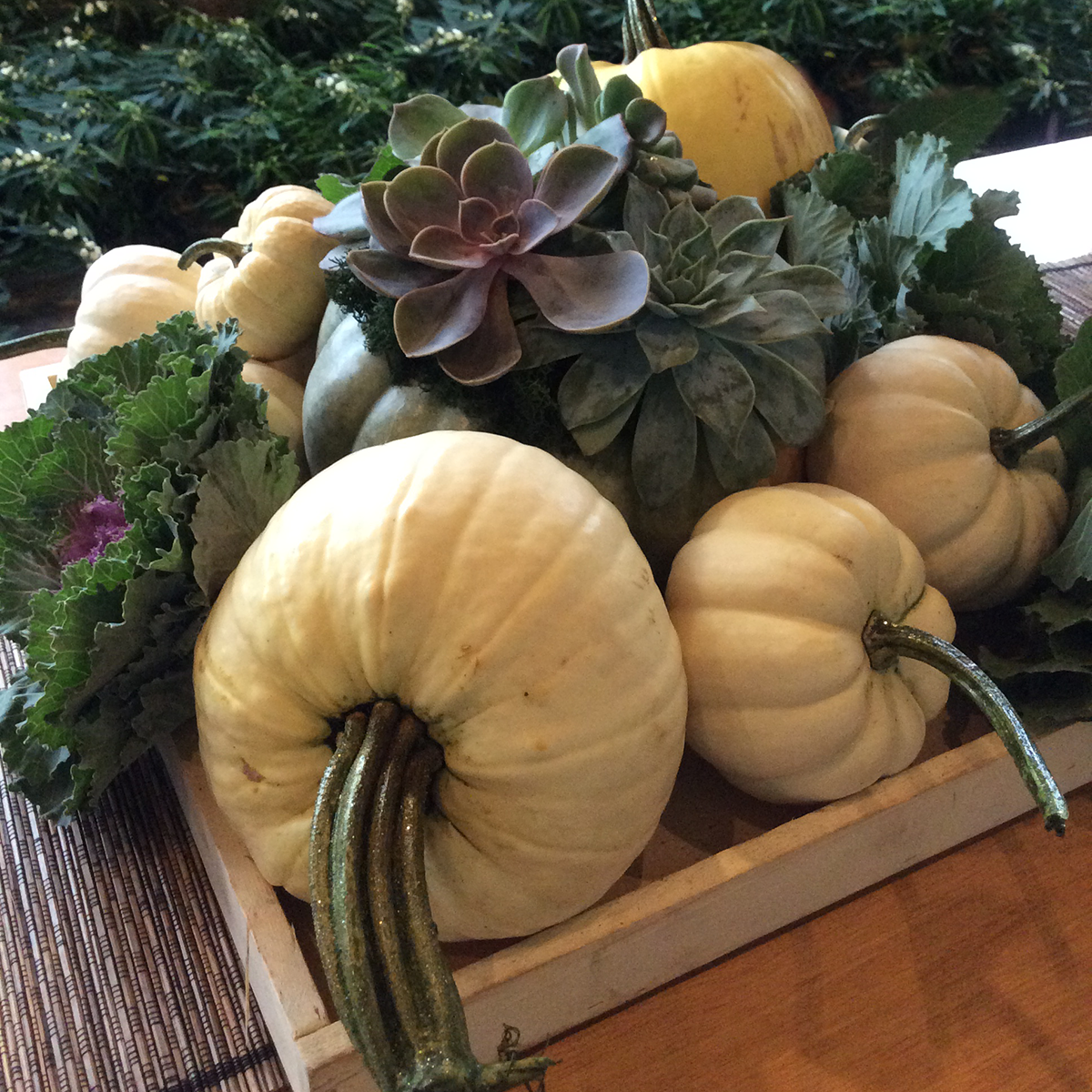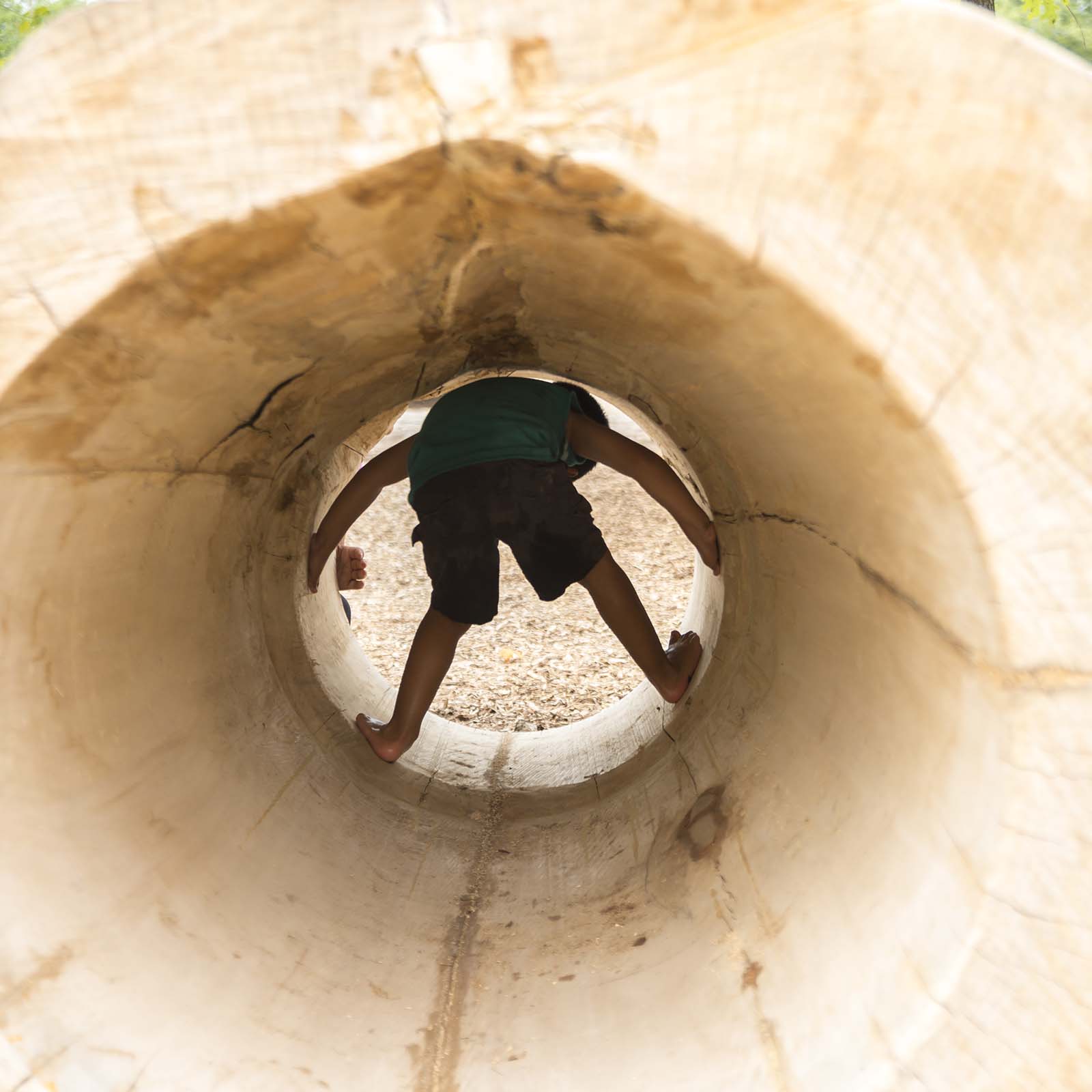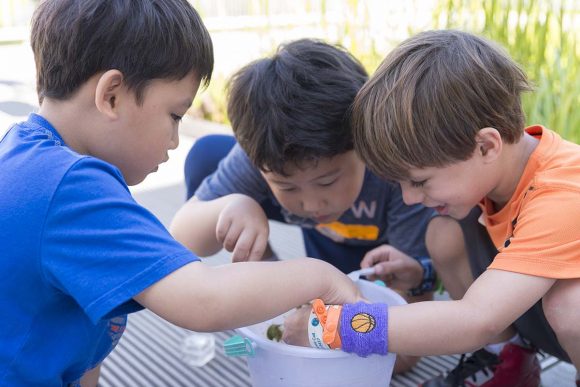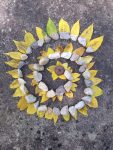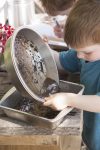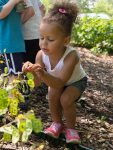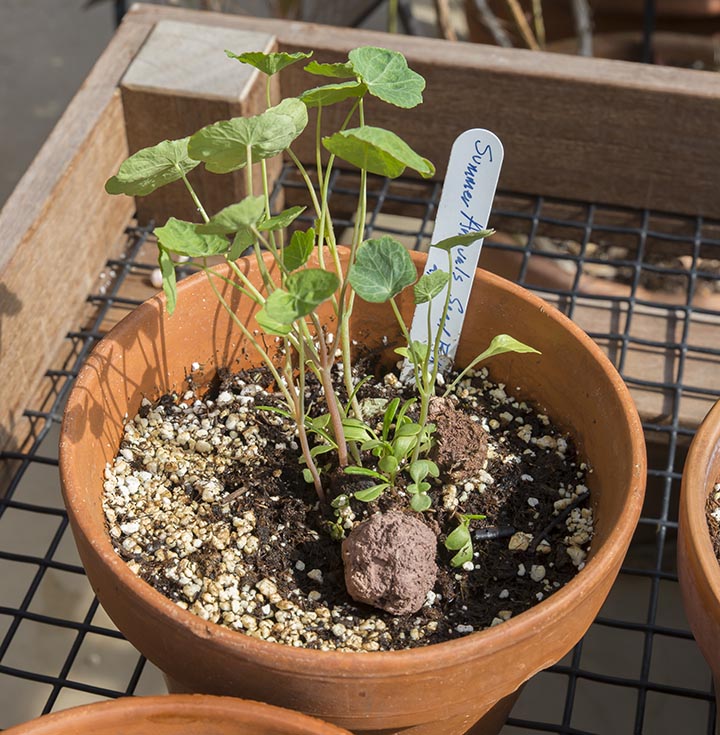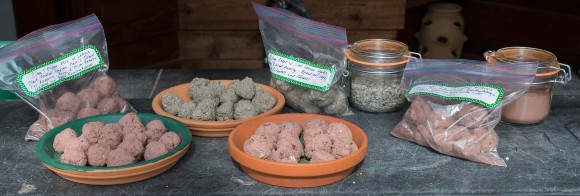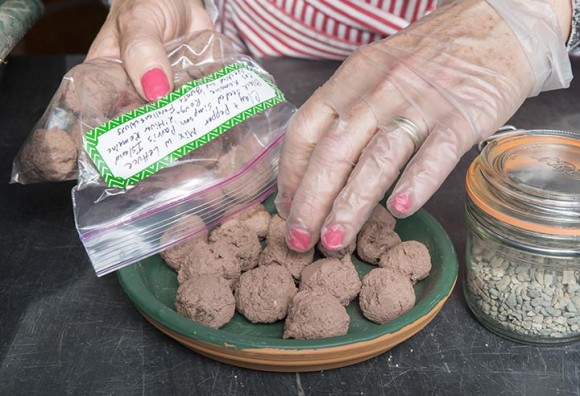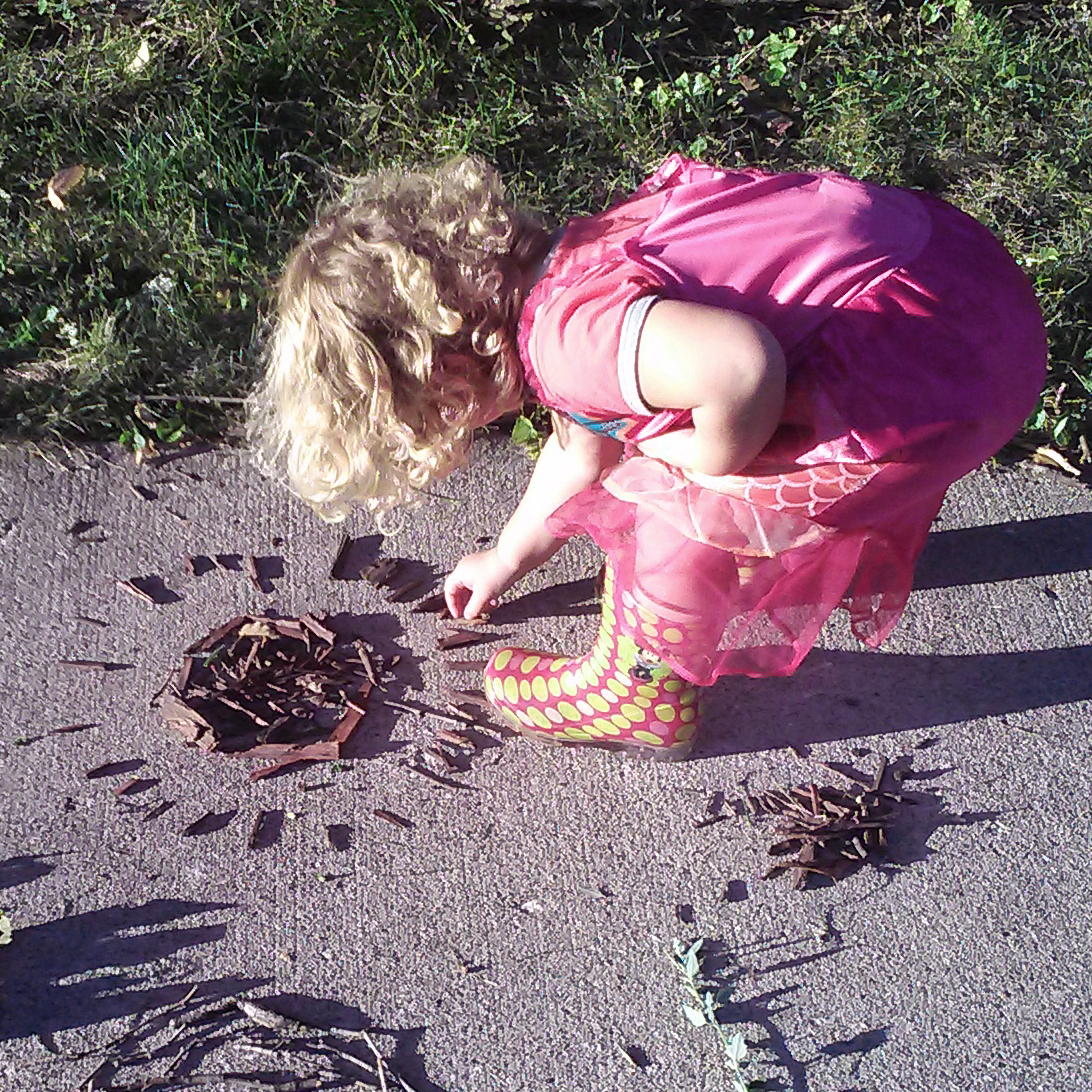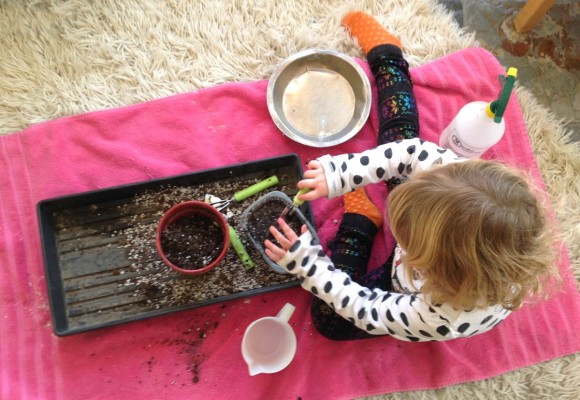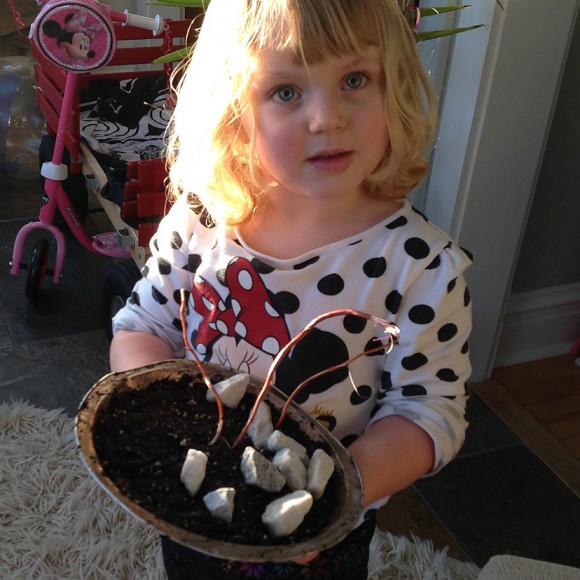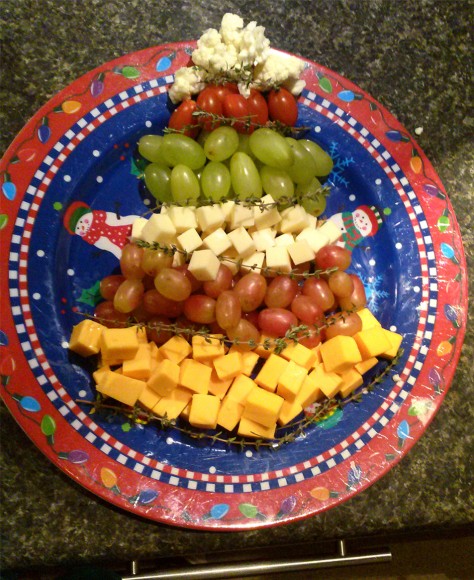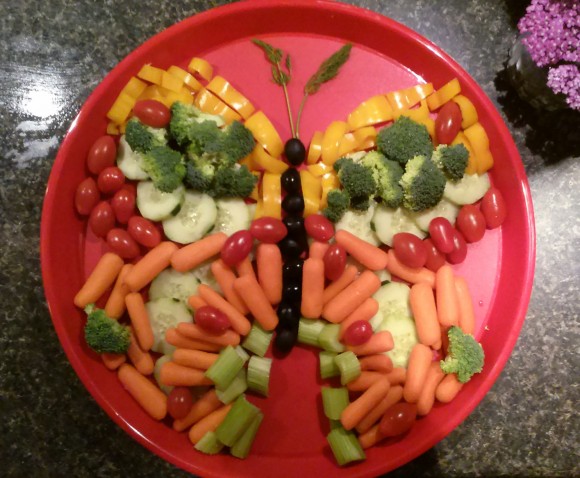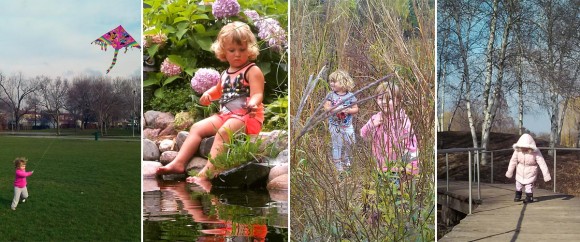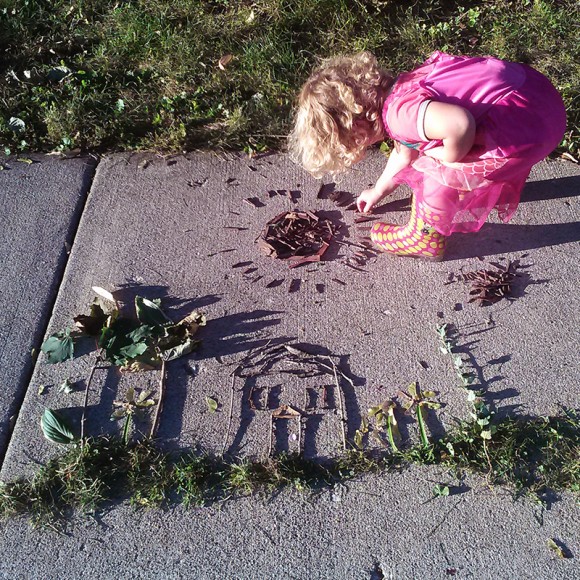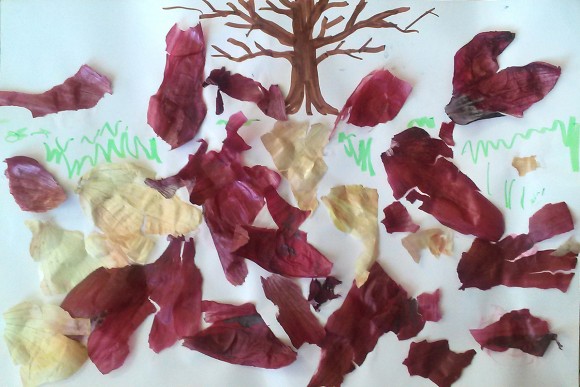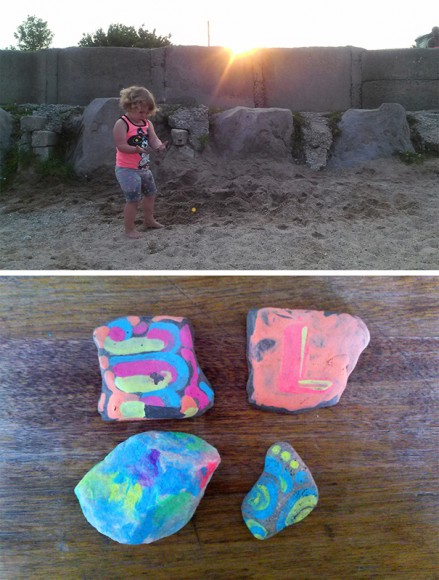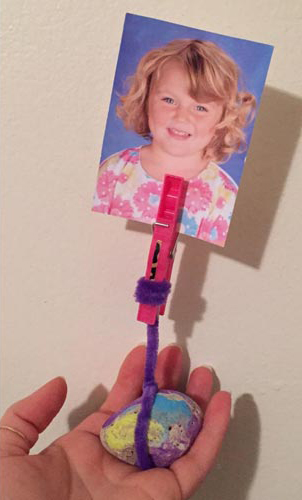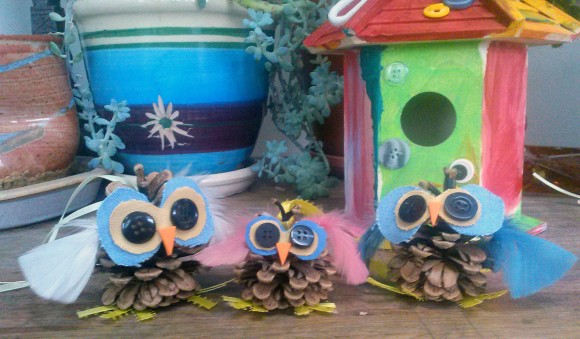With just a bit of effort, you can make your holiday table warm and inviting—and a worthy backdrop for your meal.
Nancy Clifton, former program specialist at the Chicago Botanic Garden, shared some easy, crafty ideas harvest-inspired centerpieces.
A Festive Look
Here’s how you can make Thanksgiving-themed floral centerpieces like a pro:
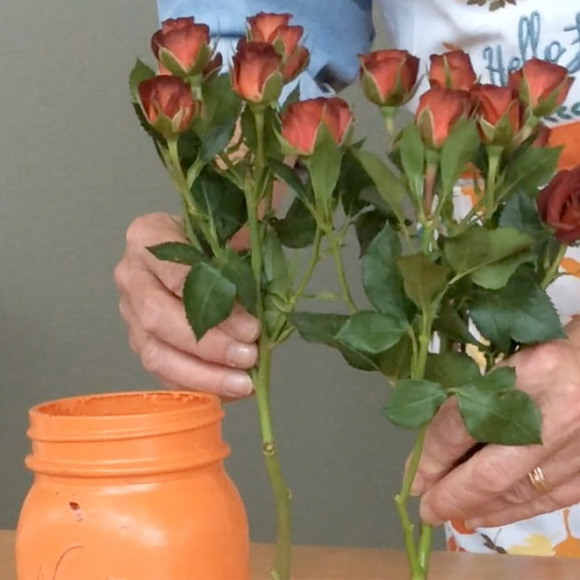
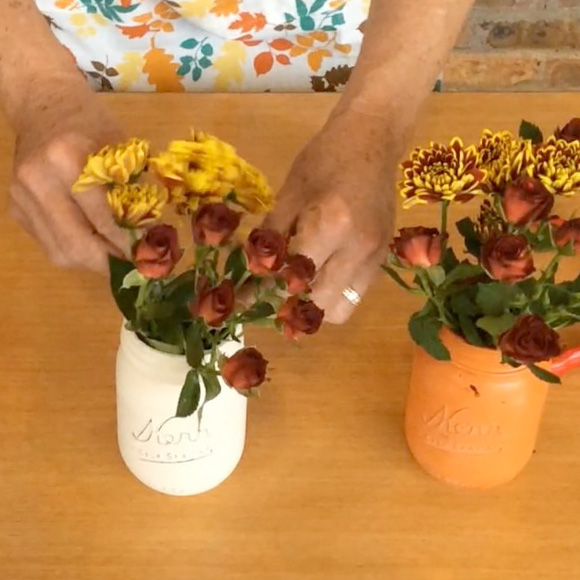
Pick flowers in autumn colors. Buy a few bunches of flowers in different fall colors and textures. Nancy chose red roses, yellow mums, red-yellow mums, and hypericum berries to give the arrangements some variety.
Paint Thanksgiving mason jars. If you want to up your Thanksgiving game, paint your vases in holiday colors such as brown, orange, and ivory. Nancy used craft paint on mason jars, and sanded the lettering on the jars to give them a vintage look.
Save time by measuring flowers. Nancy’s time-saving hack is to trim one flower with pruners and remove foliage at the bottom of the stem. Place that flower in the mason jar vase. If you’re happy with the height, remove the flower and use it as a measuring tool to trim the rest of your flowers.
Fancy Pumpkin Planters
Add a natural look to your table with pumpkin succulent centerpieces. The best part? You can repurpose and eat parts of them when you’re done.
See the demo video on YouTube here.
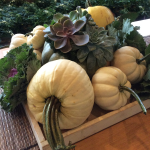
Gather the basic tools and ingredients. Grab a hot-glue gun, reindeer moss, and floral picks. Gather small- and medium-sized pumpkins (you will want several), a succulent container, bunches of kale, and cabbages.
Assemble the planters. Cut the ends off of your succulents so they have a flat base, and set them aside. Adhere moss to the top of your medium-sized pumpkins with your hot-glue gun. Once the glue is dried, add the succulents on top of the moss, and adhere with hot glue or floral picks.
Arrange your centerpiece. When the pumpkins are dried, place them in the center of a large decorative tray. Add smaller pumpkins, bunches of kale, and cabbages to tray, arranging them in a bountiful display. You can even paint the stems of your small pumpkins with glitter-paint to give them extra-fancy glitz.
Add an intimate glow
Improvise! Try adding pumpkin planters, candles, and string lights to the centerpiece to bring a warm, enchanting feel.
Find more of Nancy’s ideas, check out her 101 on creating Thanksgiving cornucopias.
©2017 Chicago Botanic Garden and my.chicagobotanic.org

